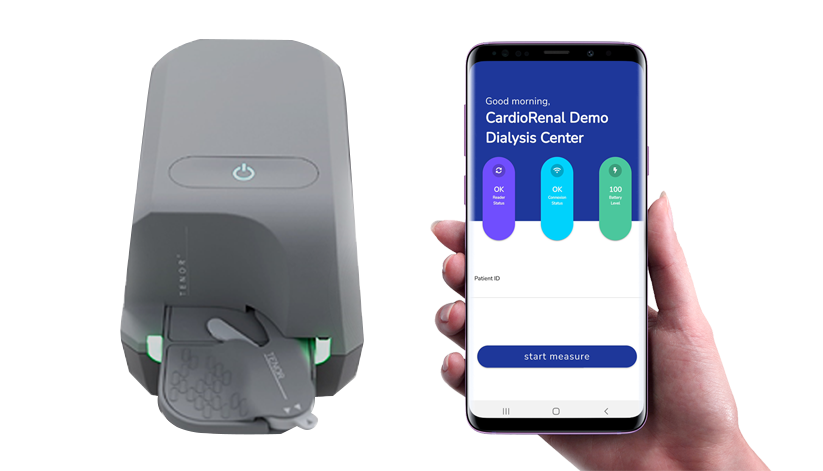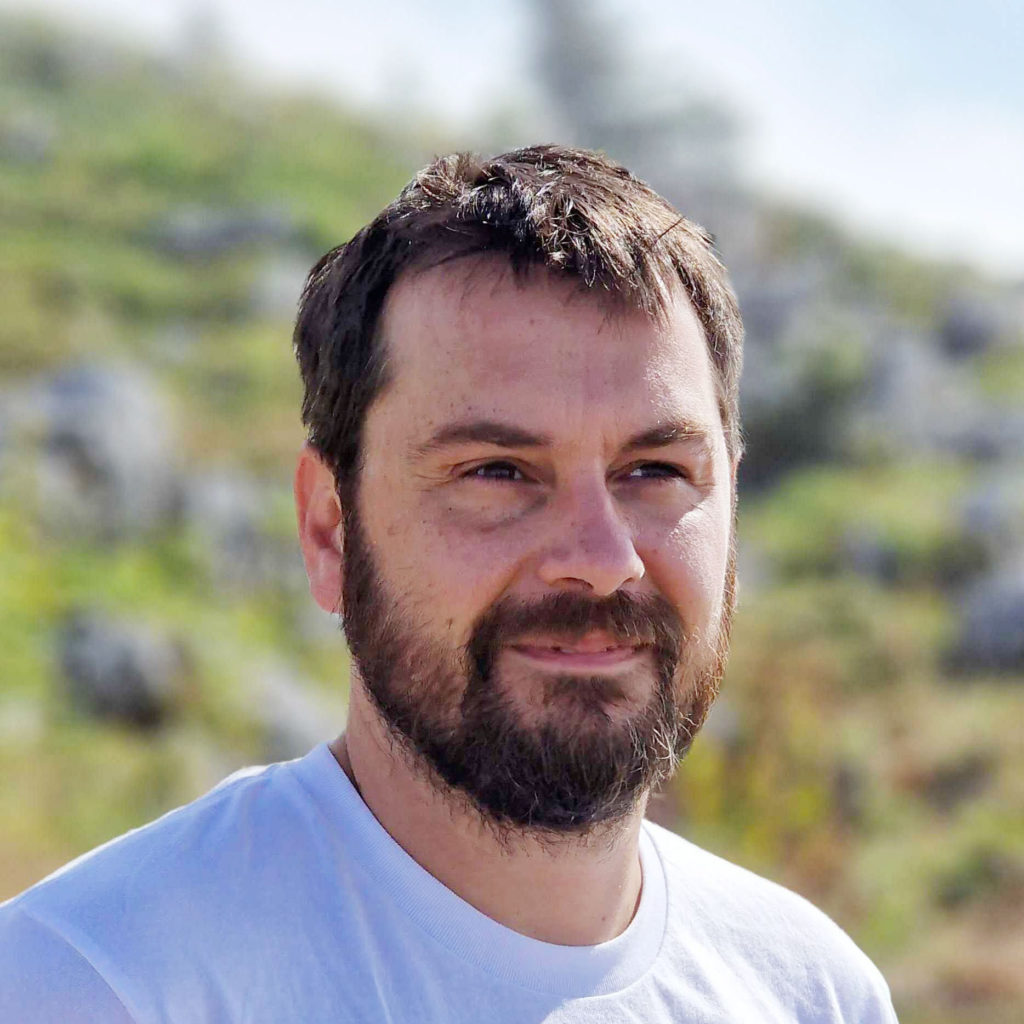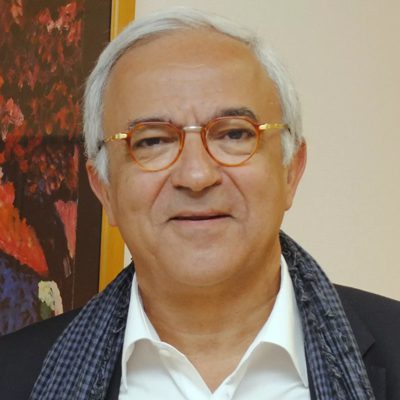Welcome to CardioRenal
We want to improve chronic kidney disease care
CardioRenal is a company that develops and markets digital therapeutics solutions for chronic kidney disease (CKD) management.


Digital therapeutics for chronic kidney disease
CardioRenal uses the most advanced technologies to develop digital therapeutic solutions allowing chronic kidney patient at home to benefit from a personalized medicine
Our shared vision is that now is the time to help chronic kidney patients to have a better healthcare delivery at home.
Maurice Berenger,
Co-founder, CEO of CardioRenal
Chronic kidney disease
Cardiorenal’ s mission is to improve CKD care with our unique digital therapeutic solutions relying on blood biomarkers monitored at home
Around 700 million
People with CKD in the world1, with likely many more still undiagnosed
Expenses
2- 3% of annual heathcare budget spent in end stage renal disease treatment2
Treatment
Up to 40-50% with CKD may be affected by hyperkalemia and have under-dosed life saving drugs treatment3,4
Cardiovascular
Associated events account four up to 30% of death in patients with CKD5
- Bikbov B et al. Global, regional, and national burden of chronic kidney disease, 1990–2017: A systematic analysis for the Global Burden of Disease Study 2017. The Lancet 2020; 395(10225):709–33
- Bello AK et al. Global Kidney Health Atlas: A report by the International Society of Nephrology on the current state of organization and structures for kidney care across the globe. Brussels, Belgium: International Society of Nephrology; 2017. Available from: URL: www.theisn.org/global-atlas.
- National Kidney Foundation. Facts About High Potassium in Patients with Kidney Disease [cited 16 Oct 2020]. Available from: URL: https://www.kidney.org/atoz/content/hyperkalemia/facts.
- Pecoits-Filho R et al. Prescription of renin-angiotensin-aldosterone system inhibitors (RAASi) and its determinants in patients with advanced CKD under nephrologist care. J Clin Hypertens (Greenwich). 2019;21(7):991-1001.
- Thompson S et al. Cause of Death in Patients with Reduced Kidney Function. J Am Soc Nephrol 2015; 26(10):2504–11.

TENOR ©
An integrated digital therapeutic solution based on blood potassium monitoring at home.
Our team
A team of high-level scientists passionate about helping to improve the health of a large number of chronic patients around the world.

Maurice Berenger
Chief Executive Officer
Normalien, MBA INSEAD

Dr. Guilhem Henrion
Chief Technical Officer
PhD, Polytechnique graduate

Pr. Patrick Rossignol
Chief Medical Officier and co-founder
M.D, PhD

Judith Roux
QARA Director

Dr. David Lefebvre
VP Industrialization
PhD, Polytechnique graduate

Dr. Moez Karoui
VP Medical Software
M.D, M.Sc Bioengineering

Dr. Gabriel Lemercier
R&D Projet Leader
PhD, Electrochemical microsensors

Christophe Dohen
IVD Project Director

Dr. Pauline Léveillé
Clinical manager

Amandine clarin
Microfabrication Technician

Romane agresti
Validation Engineer
Board of directors

Maurice Berenger
Co-Founder

Prof. Faiez Zannad
Founder, MD, PhD
Faiez is former Professor of Therapeutics-Cardiology at the University of Lorraine, France.
Faiez is the author of major advances in the field of mineralocorticoids, leading to changes in treatment practices (1A Recommendations) to prolong survival in heart failure. He holds several patents in the field of biomarkers.
Faiez is the founder of the CVCT forum (www.globalcvctforum.com) in Washington DC.

Didier Miraton
Independent Member
Didier holds a civil engineering degree from the École Nationale des Ponts-et-Chaussées.
Didier is the former CEO of “ Laboratoires Pierre Fabre”, a leading French pharmaceutical company. He also served as a managing partner of MICHELIN from 2007 to 2011.
Didier brings to the Board a strong experience in the field of Industry, Lean Manufacturing and Innovation.
Our Partners







Awards
headquarter
BHT2 17 rue Esclangon, 38000 Grenoble, FRANCE
contact@cardio-renal.com






